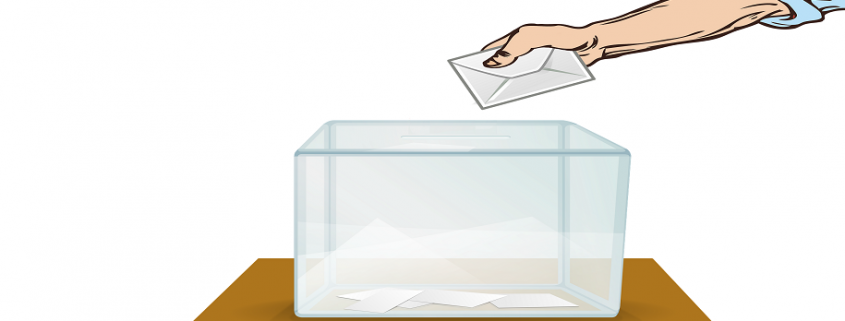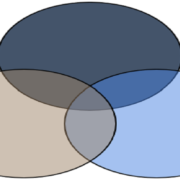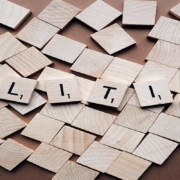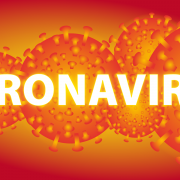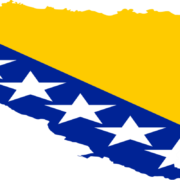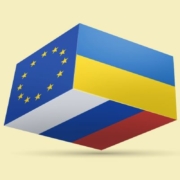Election outcomes demonstrate diversity of Southeast Europe
As fate would have it, the coronavirus pandemic notwithstaning, much of Southeast Europe has parliamentary elections this year. This reflects the mathematics of term limits rather than political expediency.
With Croatia’s parliamentary elections conducted on July 5, half of the scheduled parliamentary elections in the region this year have taken place. North Macedonia (July 15) and Montenegro (August 30) are the countries whose general elections remain to be held this year. Serbia voted on June 21 and Slovenia avoided a snap election earlier this year but ended up with a new government.
Croatia: A spring cleaning in early summer
The July 5 elections in Croatia amount to a major, long-needed spring cleaning of the political scene. Most importantly, this parliament is politically better defined, with essentially all European Parliament political groupings represented. The electorate rewarded Prime Minister Plenković for moving his Croatian Democratic Union (HDZ) closer to the political centre with 66 of 151 seats in the new parliament. Following a process begun in 2016, Croatia now has a genuine Christian Democratic (i.e. centre-right) party. The right-wing option in Croatia is where it belongs. In parliament in the form of one bloc and not hidden inside the HDZ.
Developments left of centre partially mirror events on the right. The centre-left Restart coalition based around the Social Democrats (SDP) proved too weak and not only because of the SDP’s showing. Previous coalition partners like the Peoples’ Party (HNS) were not there at all this time and the partners they did have largely offered the SDP little upside. For the SDP, this is a major wake up call as the green/left coalition Možemo! (Yes, we can!) – and yes, they did – capitalised on all of the Restart coalition’s mistakes, building on the momentum it had gained in the Zagreb City Assembly in opposing Mayor Milan Bandić (see BM365 below). Just as the right-wing political option is now better defined in parliament, so is the left option.
Croatia also voted in its first genuinely economically liberal political option with three seats. The new parliament will have a strong, core centre-right party but it is missing a strong, core centre-left party. The right- and left-wing parties are represented by dedicated parties in parliament rather than residing within the centre-right and centre-left parties. And the Greens are also represented in parliament.
Avoiding political fragmentation
Forming a government will be an easier process than opinion polls suggested would be the case. Electoral history also holds a warning for smaller, third way options which the electorate has always been fond of in Croatia. Gone are Živi zid and BM365, joining a long list of pretenders unable build on the opportunities granted to them by the electorate.
Thus, Croatia has not followed Slovenia, for example, into a more fragmented parliament. One upside to this is that there is far less scope for political blackmail. Those parties which had hoped to exploit this potential did not perform well enough on election day and the HDZ also proved too strong, burying that plan. This new parliament should prove more effective at debating bills and passing (better quality) legislation.
Serbia: election results mean one party towers over everyone else
Comparing the elections in Croatia and Serbia is like comparing chalk and cheese. The European Union spent quite a bit of energy attempting to convince the parties around the Alliance for Serbia (SZS) not to boycott the elections. Their success was partial as only a handful of parties (Sergej Trifunović – Movement of Free Citizens, Enough is Enough and 1 of 5 million) took part in the elections. The combined vote of these three lists plus the Liberal Democratic Party was around 5% and no one list crossed the 3% threshold. Therefore, not even a part of the main opposition or pro-EU parties finds themselves in the new parliament.
Prior to the election, despite EU opposition, the threshold was lowered from 5% to 3%. Even then the main coalition partners the Serbian Progressive Party and the Socialist Party of Serbia won 221 of 236 seats. 14 seats are reserved for ethnic minorities in the 250 seat parliament, many of whom are aligned with the government. Thus, the future government faces a parliament essentially without any opposition. At the same time, electoral rules in Croatia have remained largely unchanged over the past two decades. Where changes were made, they improved the democratic process, for example, by instituting preferential votes.
Election boycotts and rule changes
As political commentators have noted, the new Serbian government, facing no opposition in parliament will be in a risky position. Namely, dissatisfaction with the government cannot be channelled through the parliament. That means the risk dissatisfaction could be expressed elsewhere, on the street or in strike action is higher. Also, with no opposition to thwart its legislative agenda, the government cannot blame anyone else for any policy failures.
Croatia’s parliament is even more plural, ensuring all major political options are represented. The record low turnout of 47% in the time of CoVID and summer does not change the fact this was a civilised campaign. Unlike Serbia where part of the main opposition boycotted the elections, in Croatia, people who were anonymous or apolitical until recently won a surprisingly large number of seats. Hence, even those sections of society which are a long way from the main political parties have a voice in parliament. Voters in Serbia, on the other hand, have ensured one party dominates all others suggesting the country is headed towards a managed democracy framework, similar to Hungary or even Russia.
In politics as in many other fields, Southeast Europe remains a diverse region.

